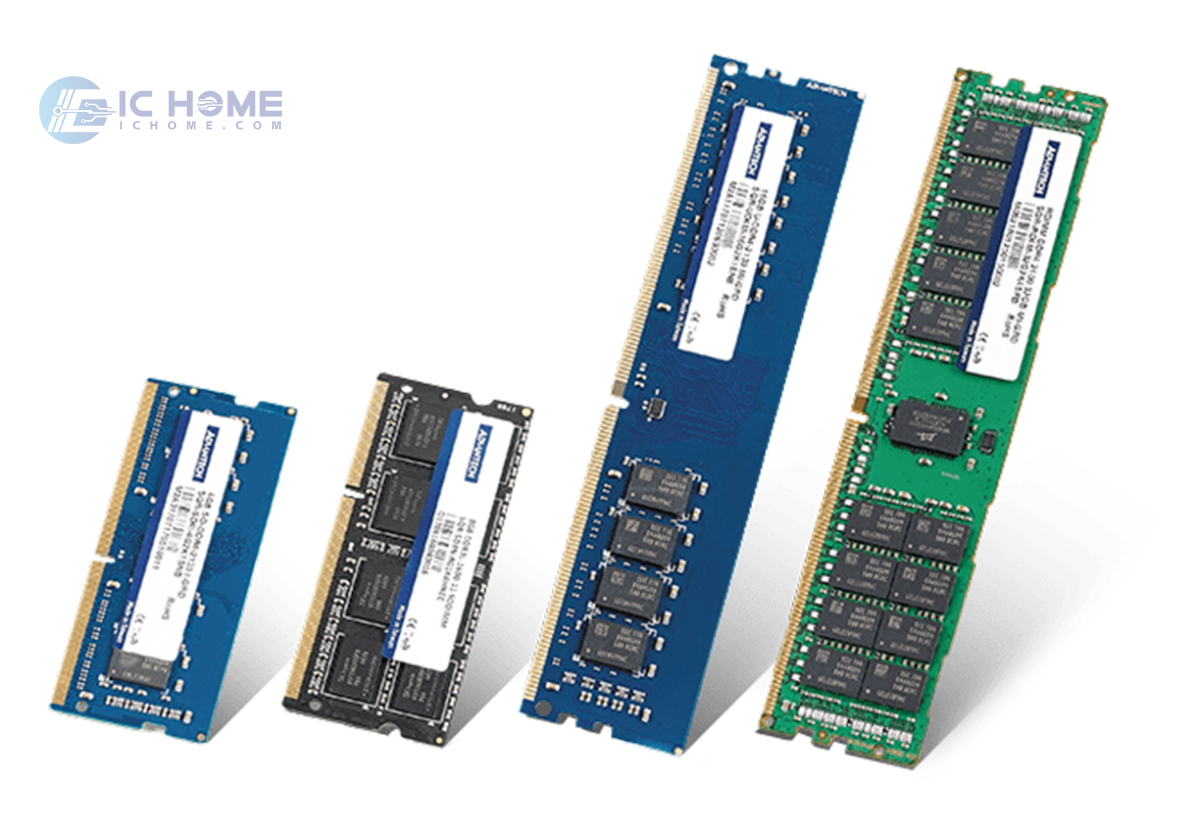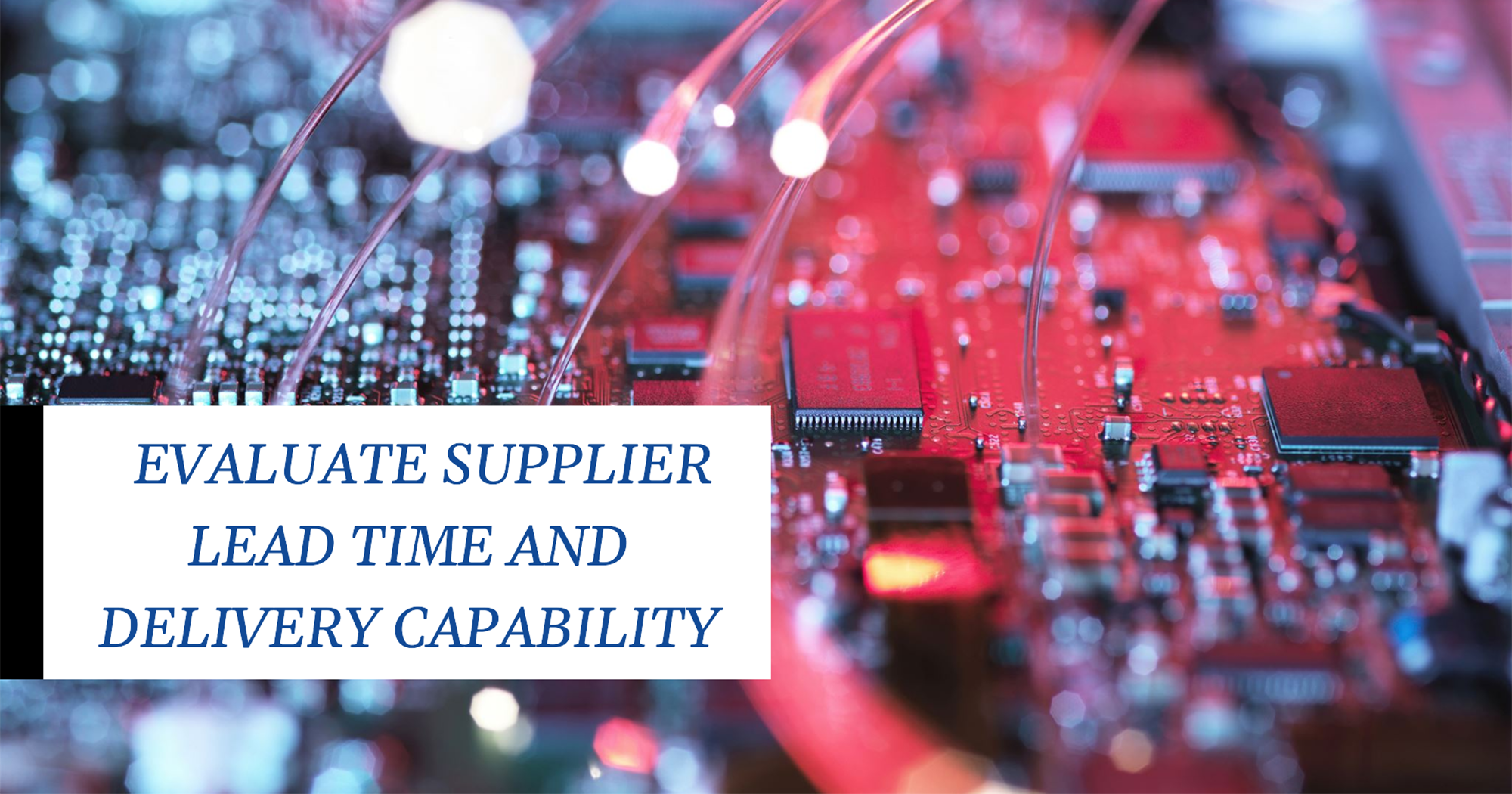Optimizing Memory Solutions for Enhanced Performance in Modern Electronics
In the fast-evolving world of electronics, memory components are vital for optimizing performance, efficiency, and reliability. As new applications demand faster data processing and storage capabilities, the types of memory and their specifications become essential considerations. In this article, we explore memory solutions, including different types of memory components, how they enhance electronic applications, and the best use cases. This guide is tailored for procurement professionals, engineers, and other industry specialists seeking to stay informed on the latest advancements in memory technology.

Manufacturer Innovation and Leading Memory Parts
Memory manufacturers have continuously innovated to keep up with market demands. Key industry players, such as Micron, Samsung, and SK Hynix, have made significant advancements in memory technology to support applications in artificial intelligence (AI), automotive, and IoT. With each manufacturer offering unique models suited to different needs, selecting the right memory component begins with understanding the specifics of each part and its compatibility with the intended application.
Key Memory Types from Leading Manufacturers:
Dynamic RAM (DRAM): Popular for high-speed applications, used in consumer electronics and data centers.
Static RAM (SRAM): Known for its speed and reliability, ideal for high-performance applications in embedded systems.
Flash Memory: Widely used for non-volatile storage across mobile devices, SSDs, and IoT applications.
Each of these memory types has unique attributes that make them suitable for specific uses, balancing factors like power efficiency, speed, and data retention capabilities.
Memory Component Specifications: Package, Case, and Application Suitability
Selecting the right memory component goes beyond choosing a type. Packages and cases vary to meet different spatial, thermal, and power requirements. The package type, for instance, impacts a memory component's durability, signal integrity, and compatibility with other components.
Package and Case Considerations:
Ball Grid Array (BGA): Ideal for compact spaces, commonly used in mobile and compact devices.
Dual Inline Package (DIP): Simple for prototyping but limited in speed, suited for low-cost applications.
Thin Small Outline Package (TSOP): Effective for low-profile devices, favored in consumer electronics.
Each package type addresses distinct needs, allowing engineers to choose based on system design, environmental constraints, and heat dissipation requirements.
Applications in High-Performance Fields: Memory Solutions for AI, Automotive, and IoT
Modern memory components have become critical in high-performance sectors where speed, durability, and low latency are necessary. Here’s how memory solutions contribute to some of the fastest-growing fields:
AI and Machine Learning
High-speed memory, especially DRAM, plays an essential role in AI, supporting quick data retrieval and massive processing requirements. With low-latency data access, components like HBM (High Bandwidth Memory) enhance AI performance, improving training times and inference accuracy in deep learning models.
Automotive Electronics
In the automotive sector, memory must be robust to withstand temperature fluctuations and vibrations. Flash memory solutions such as NAND are commonly employed in infotainment systems, navigation, and autonomous driving processors. Automotive-grade memory components ensure reliability and safety, enhancing the user experience in modern vehicles.
Internet of Things (IoT)
IoT applications require non-volatile memory, such as flash, for its compactness and low power consumption. With the ability to retain data even when power is off, flash memory becomes a crucial component in smart devices, industrial sensors, and connected appliances.
How to Evaluate and Select the Right Memory for Your Application
Choosing the right memory involves assessing your specific application requirements and understanding the trade-offs between different types. Below are factors to consider:
Performance Needs: Evaluate whether your application prioritizes speed, low latency, or data retention.
Power Consumption: For battery-operated devices, low-power memory like SRAM or specific low-power DRAM is essential.
Environmental Conditions: Consider the durability and heat tolerance required, especially for industrial and automotive applications.
Cost and Space Constraints: Budget and form factor will also guide choices, especially when compact packaging is a priority.
By closely matching memory specifications to application needs, engineers and procurement specialists can optimize performance while keeping costs manageable.
Conclusion
Memory technology is crucial for driving forward the capabilities of modern electronics, from high-speed AI systems to energy-efficient IoT devices. By understanding the types, packages, and applications of memory components, professionals in the electronics industry can make informed decisions that enhance product performance and reliability. Whether you’re involved in procurement or design, staying up-to-date with memory solutions is essential to meet the demands of tomorrow’s electronic innovations.
For more information or to request a quote, please feel free to send us an RFQ.




